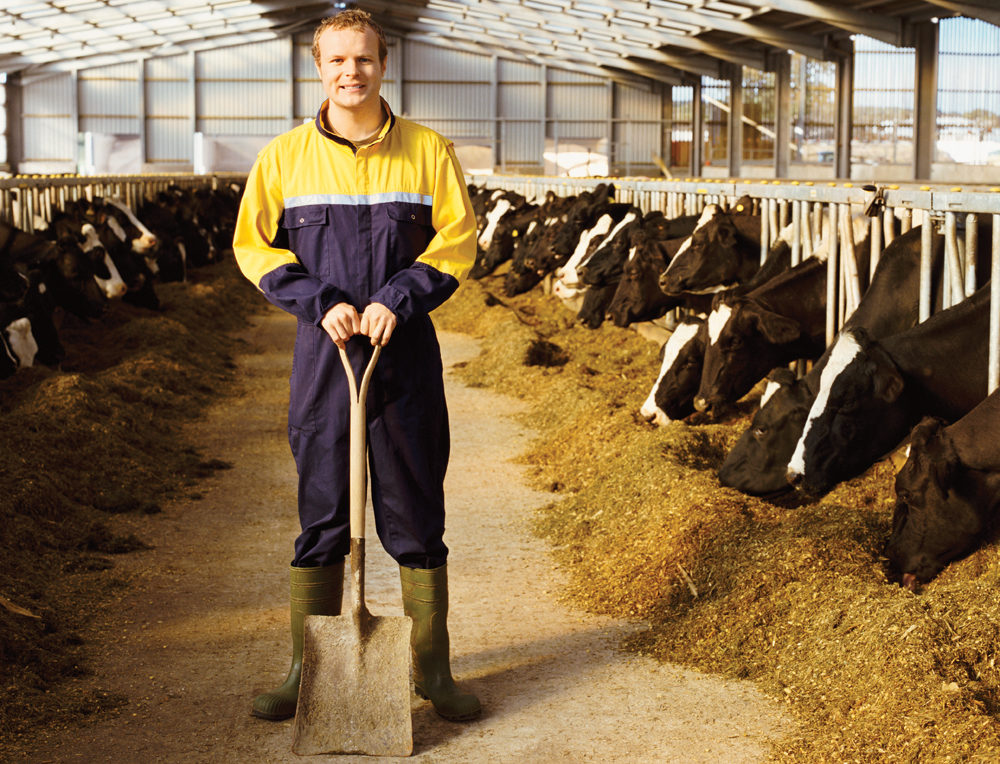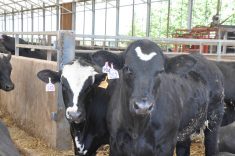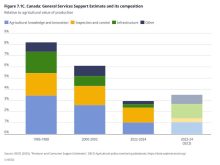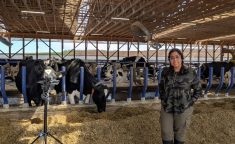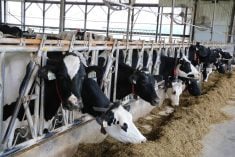Despite the relative stability supply management provides the dairy and poultry sectors, they suffer from labour shortages like the rest of agriculture.
Those shortages are more in the manager and owner categories though, says the Canadian Agri-Food Human Resources Council (CAHRC).
As part of its extensive study of worker shortages in agriculture, CAHRC has issued reports on the dairy and poultry sectors. The single biggest labour challenge they’ll face going forward is “finding skilled and experienced farm managers, including owner-operators. For these commodities, management and ownership jobs account for almost two-thirds of the current workforce, and between now and 2025, they will account for the majority of the jobs going unfilled due to a lack of domestic workers.”
Read Also

Seeding Indigenous agricultural prosperity
National Circle for Indigenous Agriculture and Food says Indigenous agricultural success needs strong relationships.
“Unless these industries can find additional sources of labour with the right skills and experience, they will suffer from a critical gap at the managerial and leadership levels that could inhibit their ability to thrive,” the council pointed out. The two sectors account for 55,500 jobs or 15 per cent of the total agricultural workforce.
“Through consolidation, automation and other efficiencies, the dairy cattle industry has shed more than a third of its workers since 2009, employing 39,900 as of 2014. However, despite this reduction in the size of the workforce, an additional 3,400 jobs went unfilled due to a lack of available domestic workers. This labour shortfall cost an estimated $71 million in lost sales.
“In 2014, 15,600 people were employed in the poultry and egg industry and an additional 250 jobs went unfilled due to a lack of domestic labour,” the council noted. “These shortages cost the industry an estimated $6 million in lost sales. By 2025, 15,900 workers will be required, and 1,100 jobs are at risk of going unfilled.
“Both industries will be significantly impacted by retirement, with nearly one-third of the dairy workforce and nearly one-quarter of the poultry and egg workforce expected to retire by 2025,” CARHC said. “Finding Canadian workers with the right skills and experience is the greatest barrier to recruitment for both industries, despite the fact that they often offer attractive work conditions, including full-time, year-round employment located relatively close to urban centres.”
The council has concluded that the gap between labour demand and the domestic workforce in agriculture has doubled from 30,000 to 59,000 in the past 10 years and by 2025, there will be 114,000 more jobs than workers unless more Canadians are attracted to the sector or the federal government admits more foreign workers. Overall, the agri-food sector has a current job vacancy rate of seven per cent.
In the dairy sector, the demand for labour is expected to continue to decline as a result of a stable market for the industry’s products. However, the labour supply is also predicted to shrink as well.
“As a result, the industry will continue to experience a labour shortage, with manager and owner-operator jobs at the greatest risk of going unfilled. Of the 1,100 jobs forecasted to go unfilled by 2025, 90 per cent will be jobs at the manager and owner-operator level, which will result in a skills shortage as well as a labour shortage.”
The poultry sector faces a levelling of demand similar to dairy, the council noted.
“Improved industry productivity will limit the demand for labour, while a shrinking supply of domestic labour will widen the industry labour gap. As with the dairy cattle industry, manager and owner-operator jobs will be the most difficult to fill.”
The stable employment dairy and poultry offer also means they suffer lower rates of employee loss than other agri-food sectors.

